The most promising experiments of modern physics
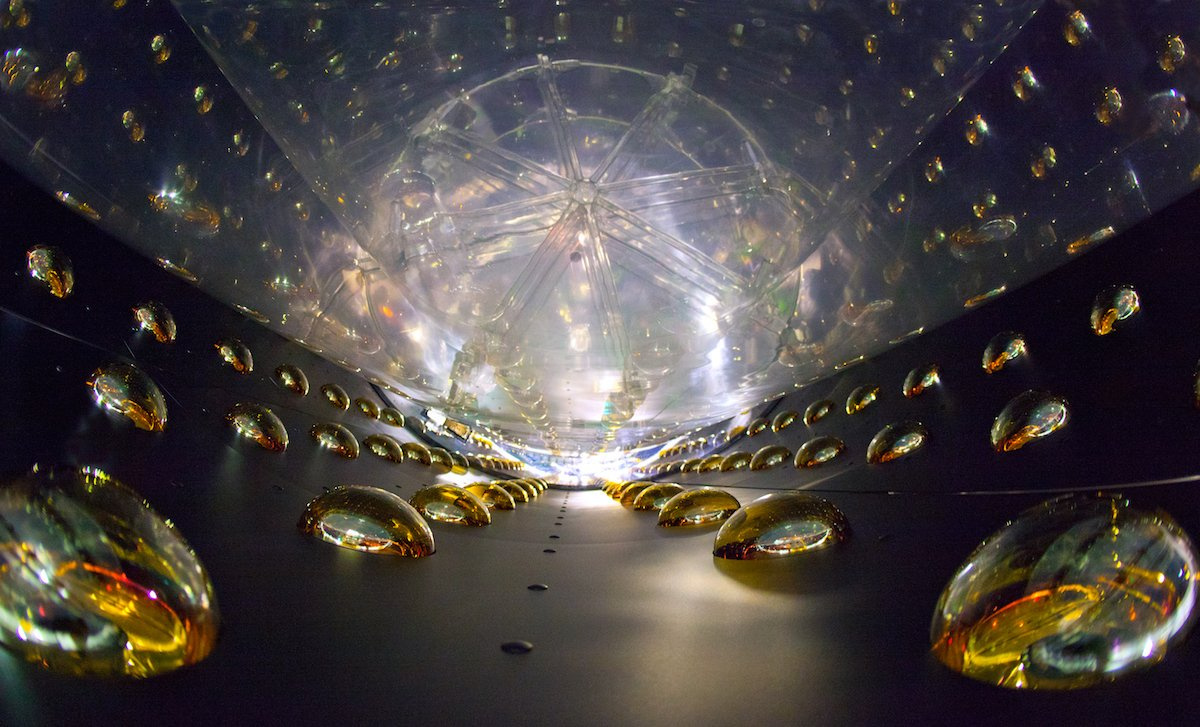
In order to better understand our Universe and define the role of man in it, scientists create increasingly ambitious tools and conduct large-scale experiments. Science has long passed the line, beyond which the efforts of single geniuses conducting experiments in their private laboratories are lacking. Nowadays, big science requires expensive research, supported by research teams from many countries for years.
The larger the experiments, the more impressive discoveries await us. How to determine the scale? To do this, it is enough to know the amount of construction costs, the number of personnel and the physical dimensions of the project itself. Let's not forget about the scientific usefulness of the project from the point of view of an ordinary person.
TANK
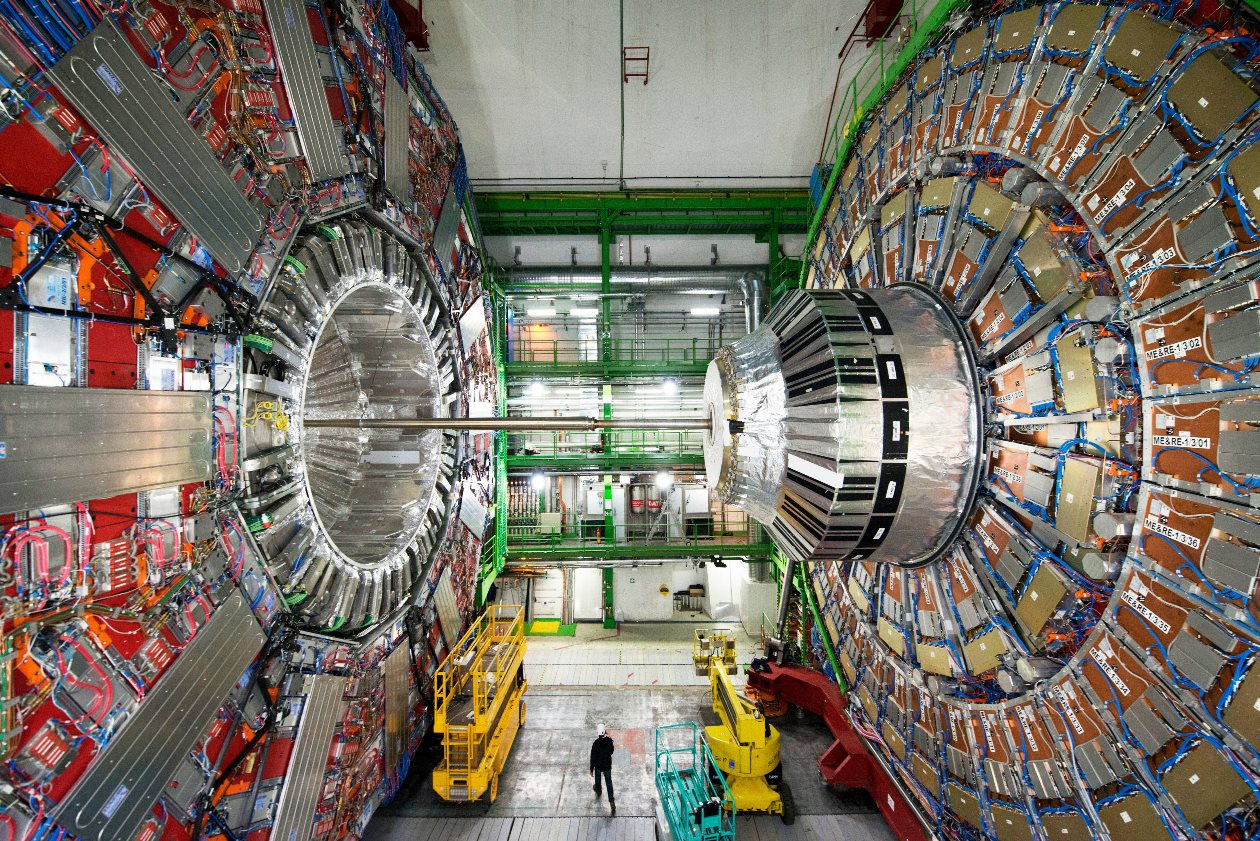
The most powerful accelerator on Earth completed the first cycle of its work in February 2013, after it solved its main task - found the Higgs boson. Scientists have discovered the last missing fragment of the interactions of all known particles and forces within the Standard Model.
However, physicists were disappointed. Many hoped that the Higgs particle would turn out to be different from what the theory had predicted, or that the assumptions about the existence of a boson would turn out to be wrong in general. At the very least, scientists hoped that the Higgs boson properties would be different from those predicted in the Standard Model, so that scientists could proceed to the creation of New Physics.
Deviations from the Standard Model (a theory in elementary particle physics, describing the electromagnetic, weak and strong interaction of all elementary particles) would help find other interesting particles, prove the existence of supersymmetric particles - partner particles for the entire Universe. For example, for the photon - photino, for the quark - squark, for the Higgs - Higgsino, and so on.
Instead, we began to doubt all the supersymmetric theories. It is possible that hundreds of physicists around the world have been spending their resources for decades searching for what is not.
Over the next few years, experimenters will collect new data that will help answer questions about dark matter, dark energy, neutrino properties, the nature of the Higgs boson, and perhaps what the next era in physics will look like.
On May 23, the first proton collisions in 2017 took place in the Large Hadron Collider. Calibration of detectors and thousands of subsystems completed. It is expected that by the end of 2017, the collider will double the amount of collision statistics at an energy of 13 teraelectronvolts.
HL-LHC and ILC
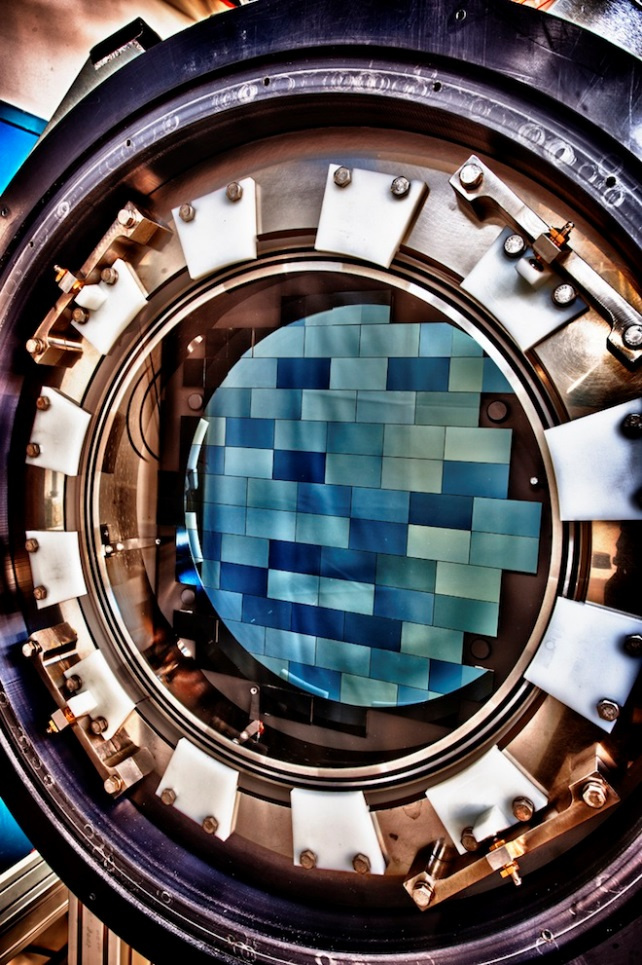
Concept ILC.
By 2020, the European Center for Nuclear Research (CERN) plans to upgrade the LHC. “High-Luminosity LHC” (High-Luminosity LHC) is the name of the project of the upcoming modernization, due to which the luminosity of the device will increase 10 times. Luminosity is a method of measuring the performance of an accelerator, which characterizes the intensity of collision of particles of two opposite beams. The higher the luminosity, the more data can be collected during the experiment.
As a result, protons will collide at energies up to 30 TeV or even higher, which will lead to even more collisions and an increase in the number of particles. However, under these conditions, the work of physicists will only become more complicated - it will be necessary to reveal only extremely rare phenomena from the mass of events. New versions of the detectors will appear - superCMS and superATLAS.
In addition to research at the LHC, it is planned to expand the scientific work at the expense of the International Linear Collider (International Linear Collider, ILC), which will surpass the LHC itself. The electron-positron collider will consist of two linear accelerators 12 km long each. The total installation length is estimated at 31 km. Subsequently, the accelerator may be supplemented with new sections, as a result of which the installation length will increase to 50 km.
ILC will be able to create a huge number of Higgs bosons, which allows scientists to accurately investigate the properties of a particle. It would also reveal anomalous events that would allow the investigation of exotic theories outside of the Standard Model.
As an alternative, a ring electron-positron collider is considered, which could become a real factory for the “mining” of Higgs bosons. In terms of luminosity in the region up to 200 GeV, cyclic colliders are superior to linear ones. The energy range of the new collider is from 45 GeV to 175 GeV, which makes it possible to study in detail the properties of Z-, W-, Higgs bosons and t-quarks. In this case, the cost of the project is lower than ILC.
In 2020, CERN plans to decide on the construction of a “collider of the future”, choosing from two promising options.
Mysterious neutrino

The GERmanium Detector Array (GERDA) detector searches for neutrinos by monitoring the electrical activity inside pure germanium crystals, isolated deep under a mountain in Italy. Scientists who work with GERDA hope to discover a very rare form of radioactive decay.
Neutrino is one of the most mysterious particles in the universe. It has a tiny mass - the Nobel Prize in Physics in 2016 was awarded for the very fact of “the discovery of neutrino oscillations, showing that neutrinos have mass”. Neutrinos almost never interact with matter — about 6 × 10 10 neutrinos emitted by the Sun pass through the earth’s surface of 1 cm² every second.
Physicists are currently trying to figure out some of the properties of neutrinos that remain in question. Scientists know that the Standard Model is already broken, in part because neutrinos have mass, while the Standard Model says that they should not have masses.
Experiments in the field of double beta decay could explain why the universe consists of matter. The standard model predicts that after the Big Bang, matter and antimatter should have been created in equal proportion. But since these two mutually opposing forms of matter annihilate each other, the universe would have to consist of nothing.
Beta decay occurs when a neutron (a neutral particle in an atomic nucleus) spontaneously turns into a proton and an electron, emitting an antineutrino in the process. The process may also have a slightly different path: the neutron absorbs neutrinos and turns into a proton and an electron. Double beta decay would be an extremely rare situation in which the antineutrino that appeared in the first case is absorbed by the neutron in the second.
Such a thing can occur only when the neutrino and antineutrino are basically the same: that is, if the neutrino is its own antiparticle. No one else knows whether this is true, but if so, then with early neutrino decays, the Universe would create slightly more particles of matter than antimatter.
NOVA, T2K and DUNE

NOνA detector, Fermilab.
The NOνA (NuMI Off-Axis νe Appearance) project brought together several hundred scientists and engineers from 40 institutes from eight countries. From Russia, this experiment involved the Institute for Nuclear Research, RAS (INR), Physical Institute. Pn Lebedeva (FIAN) and the Joint Institute for Nuclear Research from Dubna.
The project uses a neutrino beam from the NuMI generator (Neutrinos at the Main Injector). To implement the experiment, NOvA built two laboratories at a distance of 800 kilometers from the neutrino source. The neutrino flux, coming out from the depths of the NuMI generator, passes through the strata of the earth’s rocks and enters huge sensors that are located on both sides of the particle path. A similar experiment in Japan called T2K sends neutrinos through 295 kilometers of the earth's surface.

One of the neutrino sensors in the project NOνA: 14.3 m length, 4.2 m height, 2.9 meters width. And the biggest weighs 14 thousand tons: its length is 78 m, height is 15.6 m, width is 15.6 m - this is the largest plastic construction on Earth.
However, NOνA is not the limit. A DUNE (Deep Underground Neutrino Experiment) experiment is being prepared on the basis of the Fermilab Accelerator Complex (Fermi National Laboratory, and NOνA passes here) and the already existing neutron detector LBNE (Long-Baseline Neutrino Facility). It is planned that the NuMI particle generator and the new sensor, which holds 40,000 liters of liquid argon, will be located at a distance of 1,300 km from each other.
These studies will help test the hypothesis that there is more matter in the Universe than antimatter. In addition to studying the neutrino, the experiment sets itself the task of searching for proton decay in several important decay modes. Even if the research data do not coincide with the expectations of scientists, they will be useful, as they will eliminate many of the hypotheses now proposed.
Daya bay

Daya Bay is an experiment to study neutrino oscillations (the effect due to a change in the type (or flavor) of neutrinos as they move from source to detector), conducted in China. The facility, located in three underground halls, consists of eight antineutrino liquid scintillation detectors, each of which contains 20 tons of liquid scintillator . The source of antineutrinos are six atomic reactors (thermal power of each about 3 GW), located at distances from ~ 500 to ~ 1800 meters from the detectors. Scientists from Daya Bay are trying to figure out two key parameters of neutrino physics - the "neutrino mixing angle" and "the difference between the squares of the neutrino masses."
Dark matter detection

What is dark matter? No one knows yet. There is a lot of dark matter in the Universe - a substance that we do not register directly in any range of the electromagnetic spectrum, but which is “collected” in galaxies and their clusters. This matter should consist of particles of a new variety that have no place in the Standard Model.
There are many experiments in which looking for direct evidence of the existence of dark matter. The difficulty is that they all point to different things.
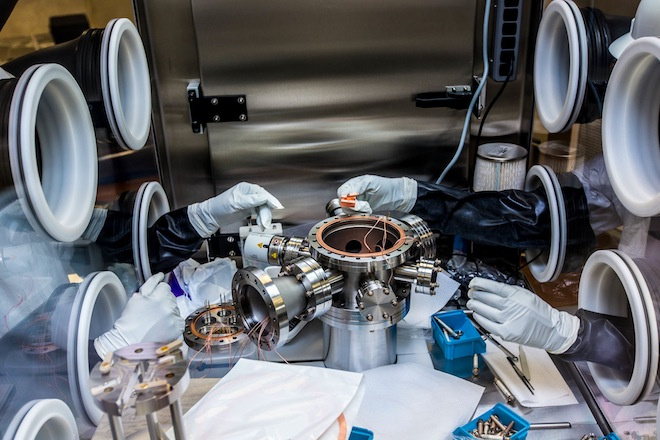
Detector LUX.
A very sensitive detector, called the LUX (Large Underground Xenon), was supposed to help eliminate confusion, but as a result added even more secrets . LUX is located in an abandoned gold mine in South Dakota. The installation was launched in mid-2013, and since then has not detected particles of dark matter.
LUX is already being replaced by the next LZ supersensitive detector. At the same time, the DARWIN collaboration is preparing a 25-ton xenon detector - for comparison, at LUX only 370 kg of xenon.
The problem is that scientists have no consensus on how to search for dark matter. There are different projects, and no one can predict which of them will give a positive effect. But each project eats a huge amount of resources of the scientific community.
Dark energy observation
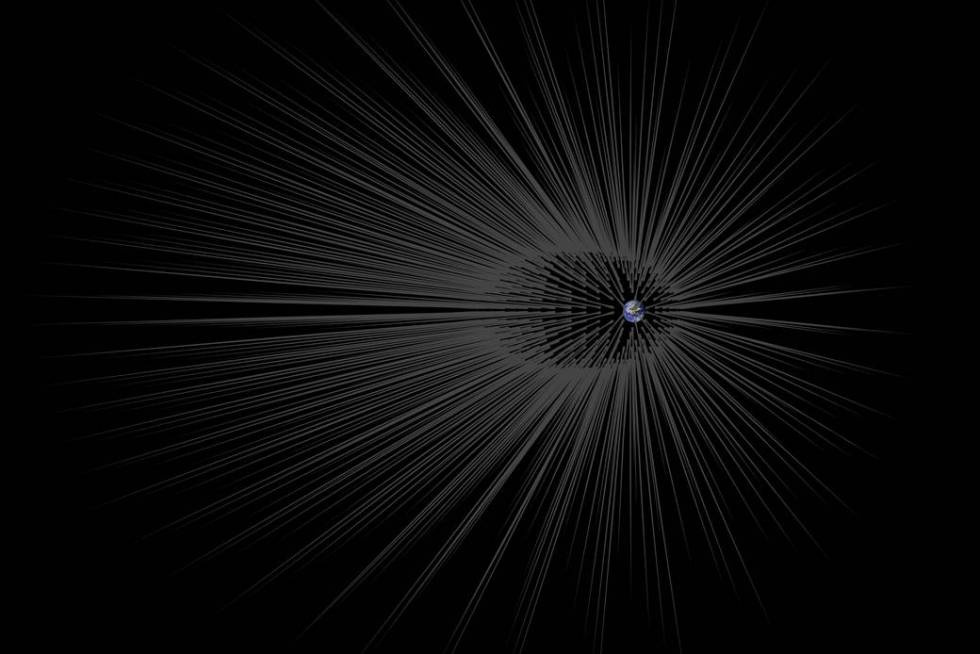
According to the observations of the Planck Space Observatory, the total mass-energy of the observed Universe consists of 68.3% of dark energy (26.8% is occupied by dark matter, and everything else is something else). At the same time, physicists still do not know what dark energy is, how it causes expansion of the Universe (and whether it causes). Dark energy is just a conditional term for what seems like a very big cosmic mystery. But scientists do not leave attempts to "shed light" on this mystery.

The Dark Energy Survey (DES) project until 2019 will study the night sky. The main instrument of DES is a 570-megapixel camera (one of the most powerful in the world) integrated into the body of the Victor M. Blanco four-meter telescope located in the Chilean Andes. The optical system of the camera consists of five lenses of a strictly defined form. The diameter of the largest of them is 90 centimeters.
DES is capable of capturing light emanating from hundreds of thousands of stars 8 billion light-years distant from Earth. Energy itself can not be seen, however, if you make a complete map of the distribution of dark matter, scientists will be able to measure how fast the relative displacement of these masses of dark matter occurs. This data will help to better understand the energy responsible for the expansion of the Universe.
Of course, the dark matter itself is also invisible, but its presence can be detected by the gravitational distortions of light from distant astronomical objects. Astrophysicists are looking for a quite definite type of distortion on the digital images obtained with DES - the so-called gravity lenses.
By comparing the degree of convergence of dark matter masses known to us at different stages of the Universe development based on the analysis of images of astronomical objects that are distant from us at different distances, cosmologists will be able to estimate the speed and dynamics of expansion. And this, in turn, can give an answer about the nature of dark energy, or prove the complete inconsistency of the theory.
Observatory NEPTUNE
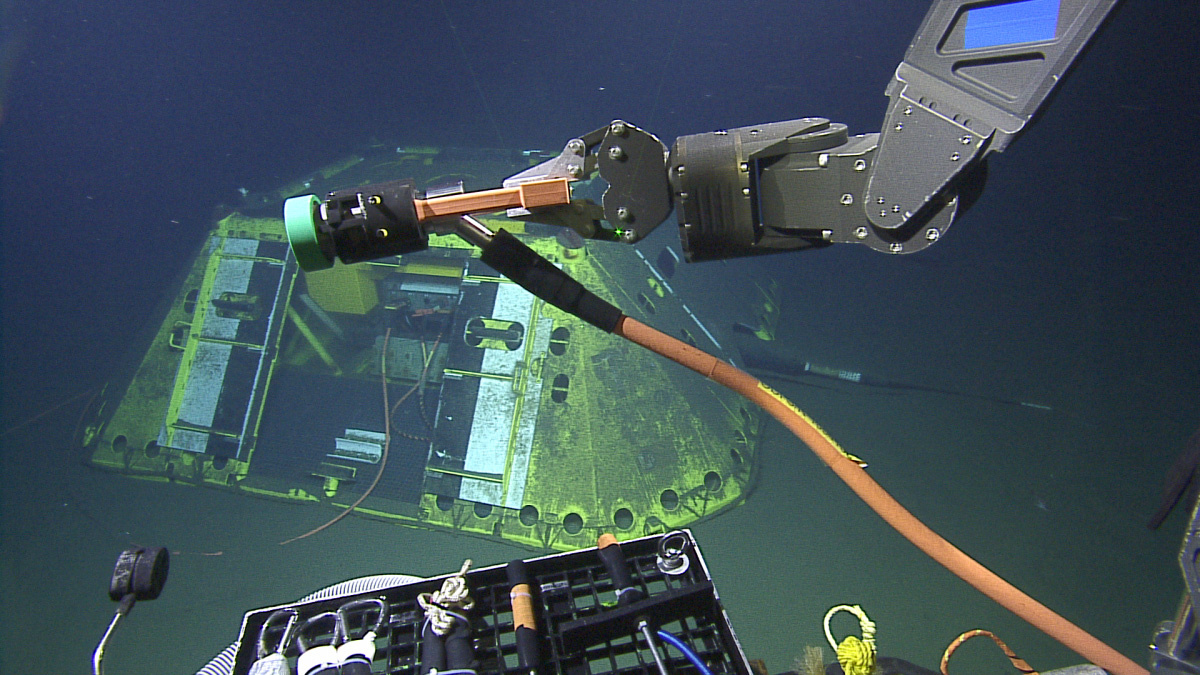
This experiment concerns another space that is at our feet. Oceans cover almost three quarters of the Earth’s surface and contain 90% of all life, but they are poorly understood. The NEPTUNE Ocean Observatory (the North-East Pacific Time-Series Underwater Networked Experiment - North-East Pacific Underwater Experimental Network without temporary interruptions) consists of hundreds of kilometers of cables and 130 instruments with 400 sensors, and carries out the first large-scale round-the-clock monitoring of the ocean system.
Neptune's sensors collect chemical and physical analyzes to determine how oceanographic data changes over time. Hydrophones located on the seabed record dolphins and whales to track their numbers and migration routes. There are systems that recognize tsunamis for seismic studies, and sensors that measure the amount of greenhouse gases in an ocean ecosystem. A remote-controlled robot travels across the seabed to control underwater methane deposits.
NIF and ITER

National Ignition Facility (NIF, National Complex of Laser Thermonuclear Reactions) is a scientific complex for the implementation of inertial thermonuclear fusion (ICF) using lasers. The construction took 12 years and about 4 billion dollars. The complex consists of 192 high-power lasers, the pulses from which, after multi-stage amplification, are simultaneously directed to a millimeter target with thermonuclear fuel. Laser power is 500 TW. The temperature of the target will reach tens of millions of degrees, while it will shrink by 1000 times - as a result, the pressure inside will be like in the core of a gas giant.
When 192 individual beams converge on a target containing deuterium atoms (hydrogen with one neutron) and tritium (hydrogen with two neutrons), the nuclei of atoms merge and create a burst of energy. In 2013, a thermonuclear reaction was ignited at the facility, during which for the first time in the world, the energy released during the reaction exceeded the energy absorbed by the target.

Giant construction site complex ITER area of 180 hectares.
The project that will overshadow NIF is ITER (International Thermonuclear Experimental Reactor), the world's largest 23,000-ton nuclear fusion reactor, which should prove the commercial benefits of using fusion energy. In fact, ITER has already been built for ten years, and the conceptual study of a fusion reactor was completed in 1989.
Work on the reactor all over the world - Russia, India, Japan, China, South Korea and the United States, as well as the entire European Union. What is not surprising given the budget - 19 billion euros. This is one of the most expensive experiments in the history of mankind (for comparison, the LHC was worth "only" 4.4 billion dollars).
The project, in which the deuterium-tritium mixture should be heated to a temperature of more than one hundred million degrees Celsius, will be launched no earlier than 2025. If everything goes well, humanity will receive the most promising alternative to oil and gas.
All Articles